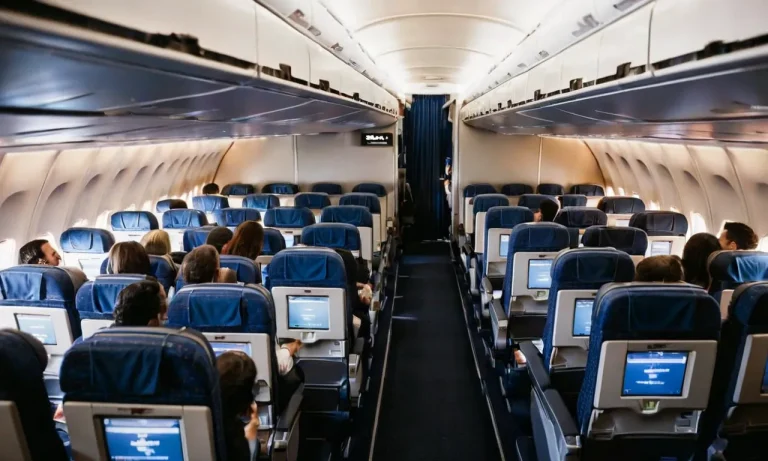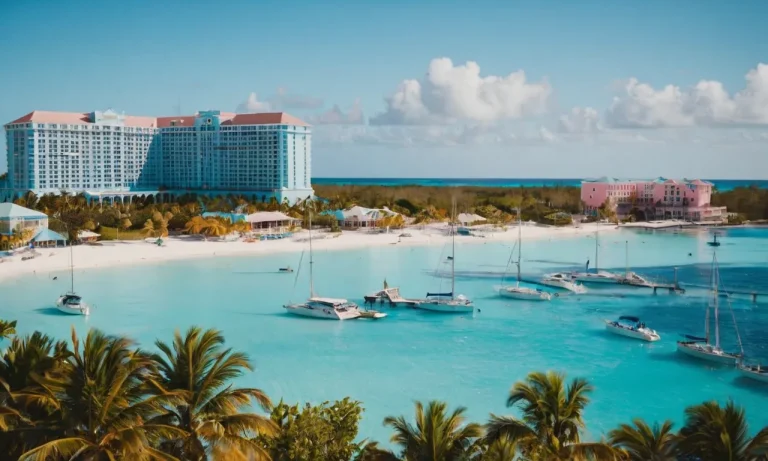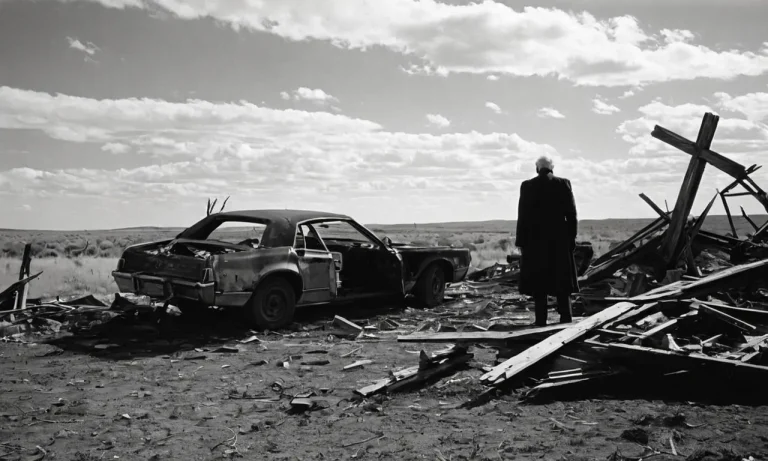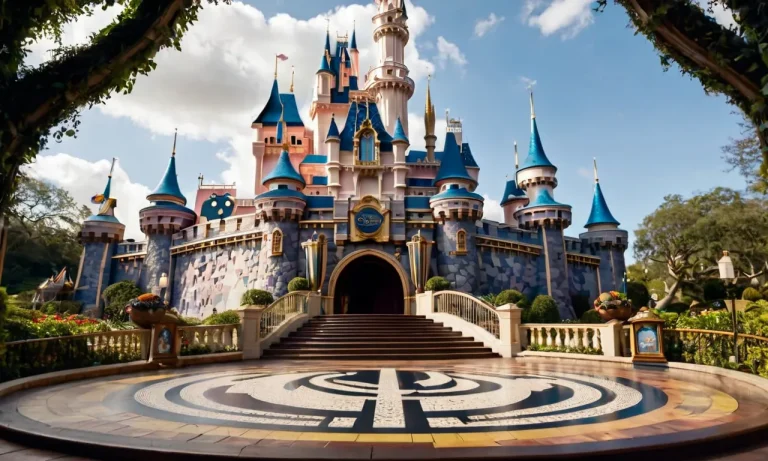Is Lyft More Expensive At Night? A Detailed Look At Lyft’s Dynamic Pricing
Is Lyft more expensive at night? Rideshare services like Lyft use dynamic pricing models that can cause fares to fluctuate based on supply and demand. If you’ve ever requested a Lyft ride late at night, you may have noticed higher fares than usual and wondered: is Lyft more expensive at night?
If you’re short on time, here’s the quick answer: Yes, Lyft tends to charge higher fares at night due to increased demand and limited driver supply. Fares can potentially double or even triple between standard and peak times.
In this comprehensive article, we’ll take an in-depth look at how Lyft’s pricing model works, when and why prices surge, and tips to avoid overpaying for Lyft rides at night.
How Lyft’s Dynamic Pricing Model Works
Lyft’s dynamic pricing model is designed to reflect the supply and demand of rides in real time. This means that during times of high demand, such as rush hour or late at night, the prices may increase to encourage more drivers to be available on the road.
Understanding how this dynamic pricing model works can help passengers plan their rides and avoid any surprises when it comes to pricing.
Base Fares
The base fare is the starting price of a Lyft ride before any additional fees or surge pricing is applied. This fare covers the initial cost of the ride and varies depending on factors such as location and time of day.
It’s important to note that the base fare does not change based on demand, so passengers can expect consistency in pricing during off-peak times.
Prime Time Pricing
Prime Time Pricing is Lyft’s term for surge pricing, which occurs during periods of high demand. When the number of ride requests exceeds the number of available drivers, Lyft increases the prices to incentivize more drivers to come online and pick up passengers.
This can result in significantly higher fares during peak times, such as holidays, concerts, or busy weekend nights.
During Prime Time Pricing, passengers are notified of the increased fares before they confirm the ride. This allows them to decide whether they want to pay the higher price or wait for the demand to decrease.
It’s worth mentioning that Lyft also offers passengers the option to set a price cap, so they won’t be charged more than a certain amount even during surge pricing.
It’s important to keep in mind that Lyft’s dynamic pricing model is in place to ensure that there are enough drivers available to meet the increased demand during busy times. While it may result in higher fares, it also ensures that passengers can get a ride when they need it the most.
Why Lyft Fares Surge at Night
Lyft fares often surge at night due to two main factors: increased rider demand and limited driver supply. Let’s take a closer look at these reasons:
Increased Rider Demand
One of the primary reasons for surge pricing on Lyft at night is the increased demand from riders. Many people rely on Lyft to get home safely after a night out, whether it’s from a party, a concert, or a late-night work shift.
As more people request rides during these peak hours, the demand for drivers surpasses the available supply, leading to surge pricing.
During popular events and holidays like New Year’s Eve or Halloween, the demand for Lyft rides can skyrocket, causing prices to surge even more. This surge in demand is driven by the fact that many people are out and about, and there’s a higher likelihood of needing a ride during these festive occasions.
Limited Driver Supply
Another factor contributing to surge pricing at night is the limited supply of Lyft drivers. While there are many drivers during the day, some choose not to work the late-night shifts due to various reasons such as personal safety concerns or preferring to be off the road during those hours.
Moreover, drivers may also have other commitments or choose to work in specific areas where they can maximize their earnings. This limited supply of available drivers combined with increased rider demand leads to surge pricing as Lyft tries to incentivize drivers to come online and meet the growing demand.
It’s important to note that Lyft’s dynamic pricing system aims to strike a balance between supply and demand, ensuring that riders have access to transportation when they need it the most. While surge pricing can be frustrating for riders, it helps to ensure that there are enough drivers available to meet the increased demand during peak hours.
When Are the Peak Hours for Lyft Fare Hikes?
One of the factors that can significantly impact the cost of a Lyft ride is the concept of dynamic pricing. This means that during certain times of the day or events, the prices of Lyft rides can increase due to high demand. These periods are commonly referred to as peak hours.
Understanding when these peak hours occur can help you plan your Lyft rides more efficiently and potentially save some money.
1. Rush Hour
One of the most common instances of peak hours for Lyft fare hikes is during rush hour. This typically occurs in the morning between 7:00 AM and 9:00 AM and in the afternoon between 5:00 PM and 7:00 PM.
During these times, many people are commuting to and from work, leading to a higher demand for Lyft rides. As a result, Lyft may increase its prices to match the increased demand.
2. Weekends and Holidays
Weekends and holidays often see a surge in demand for Lyft rides. Whether people are heading to a party, a special event, or simply going out for a night on the town, the increased demand can lead to higher prices.
It’s important to keep in mind that popular events and celebrations, such as New Year’s Eve or major sporting events, can also contribute to surge pricing. Planning ahead and being aware of these occasions can help you avoid potential fare hikes.
3. Bad Weather Conditions
When the weather takes a turn for the worse, many people opt for ridesharing services like Lyft instead of braving the elements. This increased demand during bad weather conditions can trigger surge pricing.
Whether it’s heavy rain, snowstorms, or extreme heat, be prepared for the possibility of higher fares during these times.
4. Concerts, Festivals, and Events
Concerts, festivals, and other major events can attract large crowds, resulting in a surge in demand for Lyft rides. As more people are in need of transportation to and from these events, Lyft may implement surge pricing to meet the increased demand.
It’s always a good idea to check if there are any major events happening in your area before requesting a ride.
It’s important to note that while these are some of the common peak hours for Lyft fare hikes, dynamic pricing can occur at any time based on the demand and availability of drivers in your area. To get an idea of the current pricing, you can check the Lyft app before requesting a ride.
Additionally, considering alternative transportation options or scheduling your rides outside of peak hours can help you save money on your Lyft trips.
How Much Higher Are Lyft Fares at Night?
One of the factors that can affect Lyft fares is the time of day. Many riders have wondered if Lyft fares are more expensive at night compared to daytime. Let’s take a detailed look at Lyft’s dynamic pricing and how it affects fares during nighttime rides.
Understanding Dynamic Pricing
Lyft uses a pricing model called dynamic pricing, also known as surge pricing. This means that fares can fluctuate based on the demand and availability of drivers in a specific area. During times of high demand, such as rush hour or late at night, Lyft may increase the prices to encourage more drivers to get on the road and meet the demand.
The goal of dynamic pricing is to balance supply and demand, ensuring that there are enough drivers available to pick up passengers at any given time. By increasing fares during peak periods, Lyft aims to incentivize drivers to work during those times and provide a reliable ride experience for riders.
The Impact of Nighttime on Lyft Fares
It’s no secret that ridesharing services tend to be in high demand during nighttime hours. Whether it’s people heading out for a night on the town or those needing a safe ride home after a late-night event, the demand for rides tends to increase during the night.
As a result, Lyft fares are often higher during nighttime hours due to the increased demand for rides. The surges in pricing can vary depending on the city, time of night, and specific events happening in the area.
It’s important to note that surge pricing is not exclusive to Lyft; other ridesharing services like Uber also implement similar pricing strategies.
How to Check Lyft Fares Before Requesting a Ride
Lyft provides a transparent way for riders to check fares before requesting a ride. By entering your pickup and drop-off locations in the Lyft app, you can get an estimate of the fare for your intended trip. This estimate takes into account any surge pricing that may be in effect at the time.
If the estimated fare seems higher than usual, it’s likely due to surge pricing. You can decide whether to proceed with the ride or wait for the surge to subside. Additionally, Lyft may also offer alternative ride options like Lyft Line or Shared rides, which can be more cost-effective during peak hours.
It’s always a good idea to check the fare estimate before requesting a ride, especially during nighttime hours when surge pricing is more likely to occur. This way, you can make an informed decision and choose the most convenient and affordable option for your ride.
Tips to Avoid Overpaying for Nighttime Lyft Rides
Using Lyft for nighttime rides can be a convenient way to get around, but it’s important to be aware of the potential for higher prices due to dynamic pricing. Here are some tips to help you avoid overpaying for your nighttime Lyft rides:
Check Fares Before Requesting
Before you request a Lyft ride at night, take a moment to check the fares in your area. Lyft’s app allows you to see estimated prices for different types of rides, including regular Lyft, Lyft XL, and Lux.
By checking the fares in advance, you can get an idea of what to expect and make an informed decision about whether to request a ride or consider other options.
Schedule in Advance
If you know you’ll need a Lyft ride at night, consider scheduling it in advance. Lyft allows you to schedule rides up to seven days ahead of time. By scheduling your ride, you can lock in a price and avoid any potential surge pricing that may occur during peak hours.
This can help you save money and ensure that you have a reliable ride when you need it.
Walk a Few Blocks
In some cases, walking a few blocks away from busy areas or popular venues can help you avoid higher prices. Surge pricing is often based on demand in specific areas, so by walking a short distance to a less crowded location, you may be able to find a Lyft ride at a more affordable rate.
Just be sure to consider safety and convenience when choosing a pickup location.
Consider Alternatives
If the prices for nighttime Lyft rides are consistently higher than you’d like, it may be worth considering alternative transportation options. Public transportation, taxis, or rideshare services like Uber or Via may offer more affordable options for getting around at night.
Additionally, carpooling with friends or using a bike-sharing service can be cost-effective alternatives to Lyft.
By following these tips, you can avoid overpaying for nighttime Lyft rides and find the most cost-effective transportation options for your needs.
Is Lyft More Expensive At Night – Conclusion
In summary, Lyft fares definitely tend to increase at night due to spiking demand and limited driver availability. By understanding how dynamic pricing works and utilizing tips to avoid peak times, you can minimize the chance of overpaying and secure an affordable Lyft ride even late at night.








